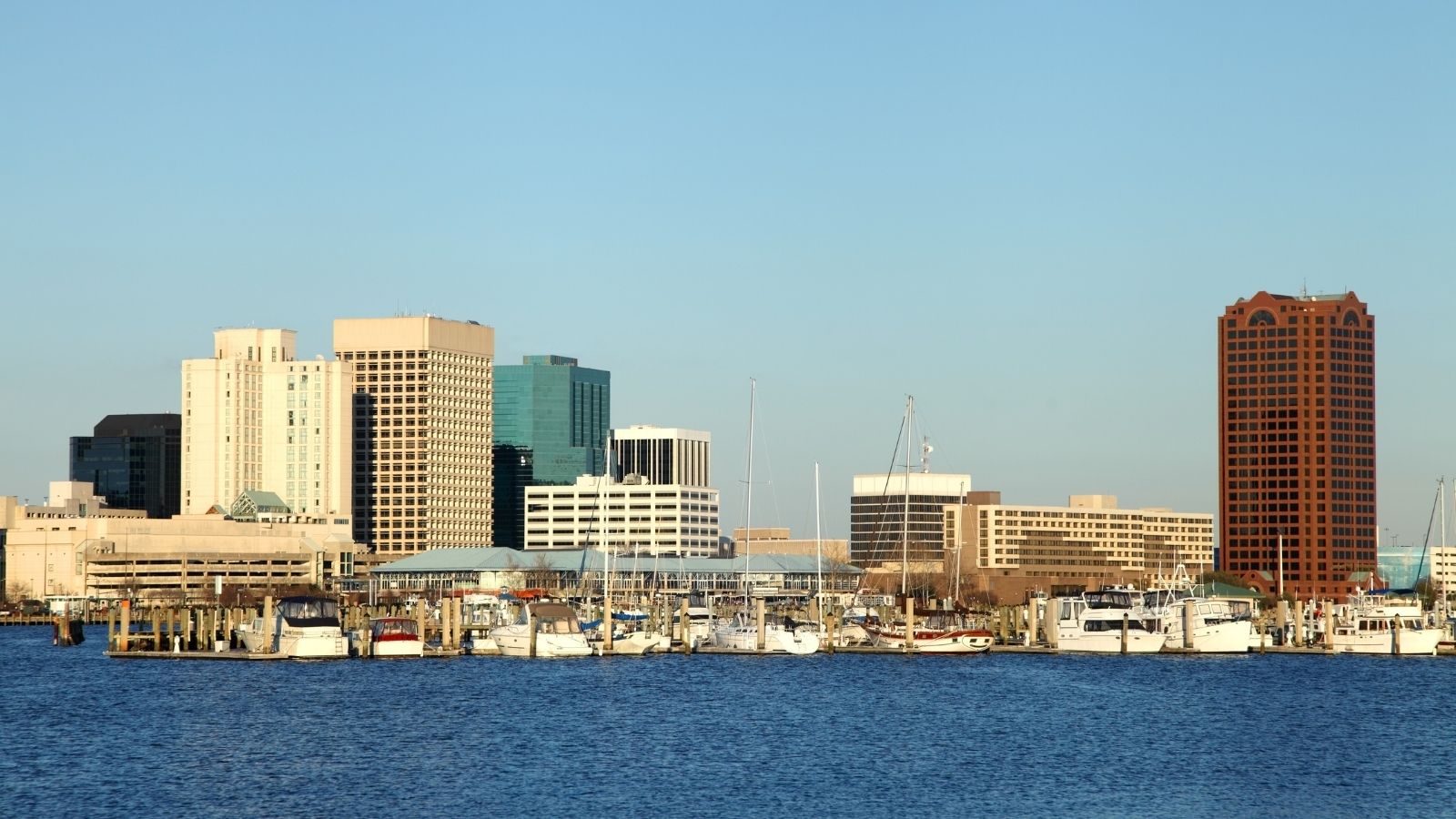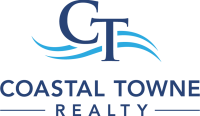Norfolk – the City Surrounded by Water
Norfolk is an independent city resting in the Commonwealth of Virginia. The city is considered a historic, urban, financial, and cultural center of the region and is bordered by multiple bodies of water. Here are just a few of the reasons Norfolk is a great place to live.

Brief Overview of Norfolk
Norfolk is home to a wide array of historic neighborhoods, some of which, such as Berkley, were formerly cities and towns. Others like Oceanview and Willoughby Spit hold a long history tied to the Chesapeake Bay. Today, neighborhoods like Ghent, Downtown, and Fairmount Park have turned into brilliant family-friendly communities.
Those who prefer living in the center of all activities would find Downtown Norfolk appealing. An urban waterfront hub, this is where you can experience traditional southern hospitality. The area is brimming with water activities, historic attractions, an international dining scene, unique museums, and sweeping water views. Downtown Norfolk is the melting pot of cultures and offers an experience like no other.
On the other hand, Ghent is where character, culture, and delicious cuisine culminate. It is lined with unique shops, eclectic eateries, art galleries, and antique stores that give you vintage vibes.
If you wish to settle down in a beachside community, check out Ocean View and East Beach. It is the perfect place to unwind with seafood, sand, and sun. There are also plenty of activities to indulge in, from sailing to swimming, kayaking, and fishing.
Freemason District is Norfolk’s oldest standing neighborhood. Nestled on the shores of the Elizabeth River, it holds tree-lined cobblestone streets, manicured gardens, and historic homes that feature three centuries worth of architectural styles. While this neighborhood takes you into the past, it is just a short walk away from Norfolk’s downtown area.
Homes for Sale
Education in Norfolk
The Norfolk City Public Schools the public school system in Norfolk includes 34 elementary, eight middle, and five high schools.
Additionally, there are a number of private schools located in the city, of which the oldest is Norfolk Academy. Norfolk also hosts the Governor’s School for the Arts, which holds performances and classes at the Wells Theatre.
When it comes to institutions for higher education, Norfolk has three public universities—Old Dominion University, Eastern Virginia Medical School, and Norfolk State University—and one private university, Virginia Wesleyan College. It is also home to a community college campus, Tidewater Community College, in downtown, offering two-year degrees and specialized training programs.
The Climate in Norfolk
Norfolk, with its humid subtropical climate, helps residents enjoy the best of all seasons. Spring arrives in March with mild days and cool nights, perfect for outdoor activities. The temperature starts warming up in May to herald warm summer days. On average, there are 215 sunny days per year in Norfolk, which is greater than the national average of 205 days.
The highest summer temperatures of 88 degrees are noted in July. The city receives 47 inches of rain compared to the US average of 38 inches per year.
Winter doesn’t last long in Norfolk. The city receives just five inches of snow per year, which is far lesser than the national average of 28 inches. And the lowest winter temperature ranges just around 33 degrees.
Public Transportation in Norfolk
Norfolk is served by the Norfolk International Airport, which is now the region’s major international airport. Seven airlines offer nonstop services to twenty-five destinations.
When it comes to railway transport, Norfolk is served by Amtrak’s Northeast Regional service. The Norfolk station is situated in downtown Norfolk, right next to Harbor Park Stadium. The line runs along Norfolk Southern trackage towards the west to Petersburg and then to Richmond and beyond.
Greyhound Lines offer service from the central bus terminal in downtown Norfolk.
The Half Moone Cruise Terminal was constructed in 2007 adjacent to the Nauticus Museum to act as a permanent structure for cruise lines and passengers who wish to embark from Norfolk.
Light rail, ferry, bus, and paratransit services are offered in Norfolk by Hamptons Road Transit (HRT). HRT operates buses throughout Norfolk and South Hampton Roads, and other routes travel to Smithfield. In addition, their ferry service connects downtown Norfolk to Old Town Portsmouth.
The Tide light rail service that began operation in 2011 runs along the southern portion of Norfolk, passing through stations serving areas like Harbor Park and Norfolk State University before going through the heart of downtown Norfolk.
Make Your Home in Norfolk
The waterfront city of Norfolk rests in Southeastern Virginia. As obvious as it may sound, you will love Norfolk if you love the water. Numerous bodies of water border the city—there are numerous riverfronts and bayfront properties, including on the beaches of Chesapeake Bay.
The cost of living in Norfolk is average, and the median household income falls at about $44,150 annually. Buying a home is also relatively inexpensive in Norfolk. In fact, half of Norfolk residents own their homes. The median home value is around $189,100.
Discover for yourself why so many people have chosen to build their lives in Norfolk, a beautiful place to live.


